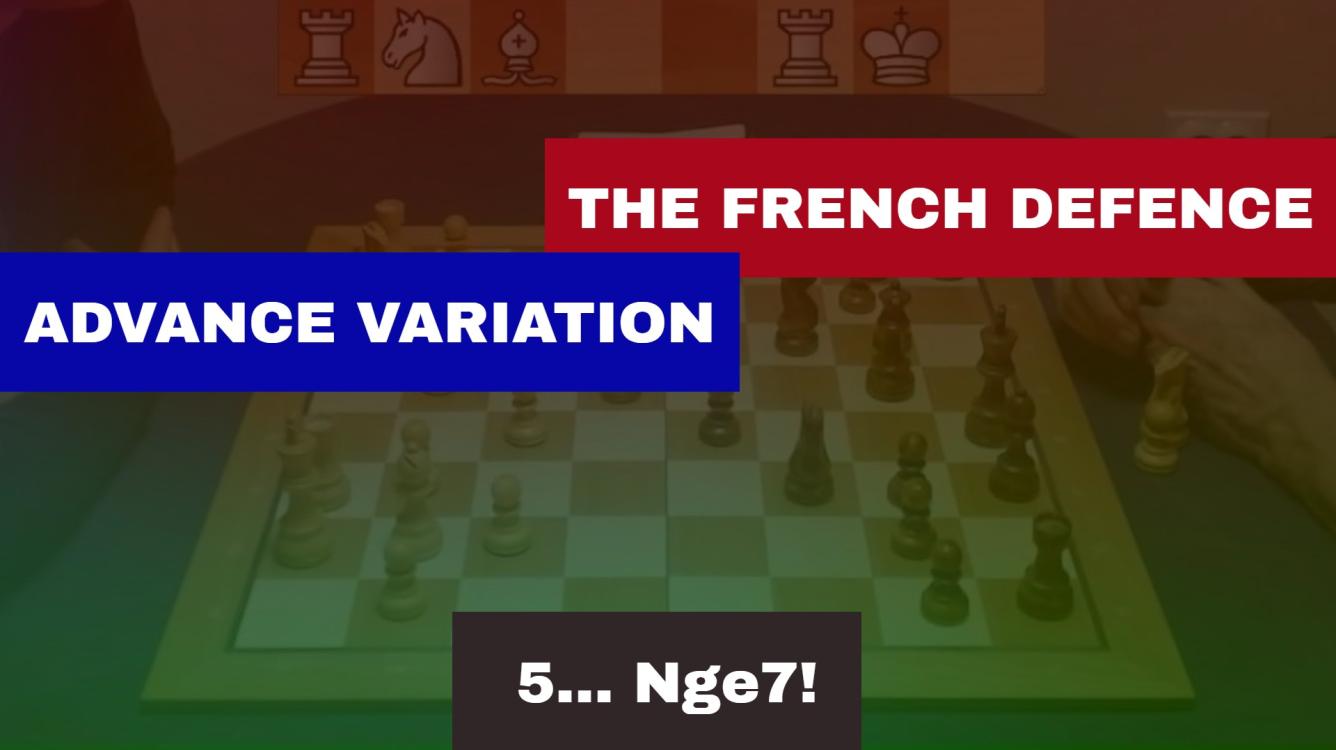
French, Advance variation with 5...Nge7
I call it "Maxa system" because my first coach, IM Branimir Maksimović (whose nickname is "Maxa"), was - and probably still is - well-known "french", who always played this 5...Nge7 line. I accepted the same concept of repertoire, so french and Nge7, following the advance variation, was my choice then, when I was nine years old, and still is. Let's see how it goes:
5...Nge7 is not the main line. It's not even the second option, according to CB11. More played moves are 5...Bd7, and the main line: 5...Qb6. But 5...Nge7 seems more logical then any other line after 5.Nf3: black is developing another piece, with an idea to establish more pressure on the most vulnerable of white's - pawn d4, via Ne7-f5. Of course, c5 pawn is indirectly protected (after 6. d:c5 Ng6, and one of two pawns - e5 or c5 - is going down).
White has few good options here:
- 6. Be2?!
- 6. Bd3
- 6. Na3
- 6. a3
Let's see the first one (and less played): 6. Be2
So white was in trouble to defend his d4-pawn, and it's the main reason why white often choose other options, rather then 6. Be2. Let's see what is going on with 6. Bd3.
It seems that trading glorious light-square bishop for knight on f5 is not very well for white, so let's see what is happening when white decide first to defend d4-pawn, and then to form an attack concept. There are two possibilities of that kind: 6. Na3 and 6. a3. First is played in order to defend d4 with knight on c2 (after Na3-c2), and the other one is usually followed by b4, and then bishop goes to b2. First we will check 6. Na3.
At the end, probably the strongest line for white (also most played, according to CB11): 6. a3
This short introduction in a specific line of Advance variation in French defence is aimed to help those who are at intermediate level of understanding chess. I do not recommend closed openings - such French defence is - to beginners, and especially do not recommend it for young players. They should play open positions, with many opportunities for tactical sacrifices.
For those beginners who would like to be familiarised with basics of French defence, I will make another article soon.
PS: Sorry, my english is not so good.
